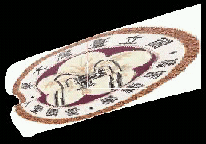
This page demo is based on : Cheng-Yuan
Liou, Quan-Ming Chang, "Meshed snakes",1996 .
The Mesh is used to emulate soap film, which is somewhere dramatically powerful
than any other complicated computational algorithms. For example, on the morphorgenic
application it shows its superiority as well. We are going to briefly introduce
our model and training method, and take the theory into practice by trying
to catch some features from one's face.
The Mesh is composed of many circles, each of which has four nodes. We call
a circle as a " Snack" and each one tries to minimum itself's energe
function,
![]() .
.
Therefore, the total energe function of the Mesh is ![]() .
.
You may find that the work implies the Snake tends to shrink to a smaller
circle if there is no other constraint happened, and the situation makes the
Mesh also reduced for balance, just like the soap film.

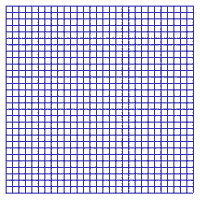
The node inside a Snake tends to be closer to its neighbors. The
Mesh is reduced for the inner snakes shrinking.
Since we hope to put a picture under the Mesh and let it catch some features
for some purpose, additional constraints are needed over the original energe
function. This is a flexible policy. There are just three different results
caused from different graph energe definitions.







(↑)All nodes but the margin nodes are partially free
to move to anywhere, and prefer to go closer to the corner. And, specially,
they prefer to stay at dark.
![]()
The Mesh demo of flying flag
The Mesh demo on human face || C 13
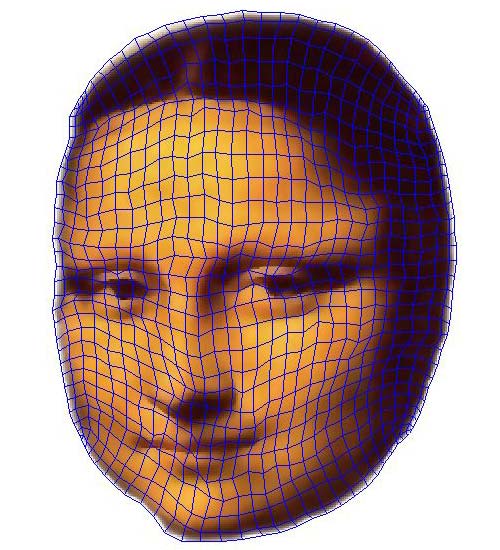
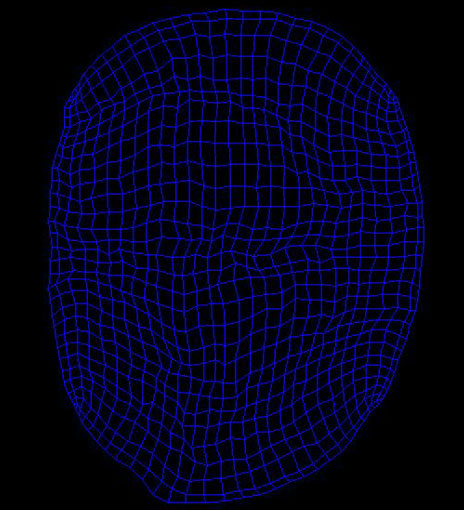
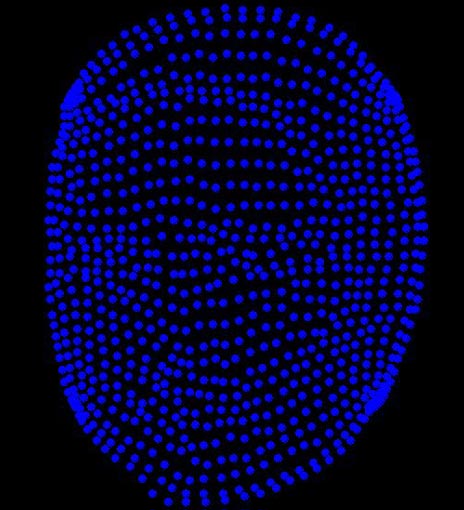
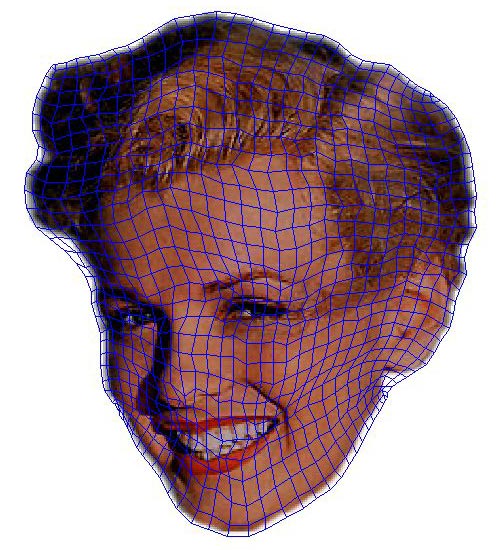
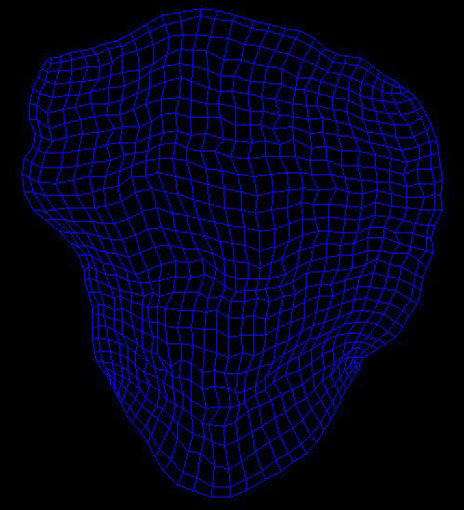
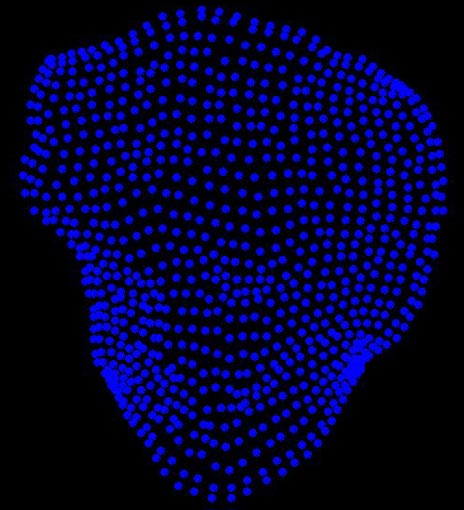
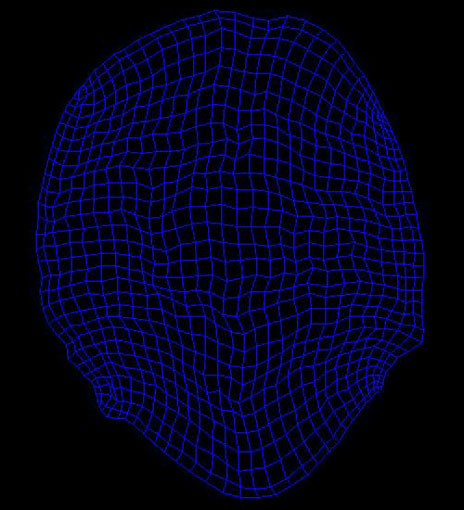
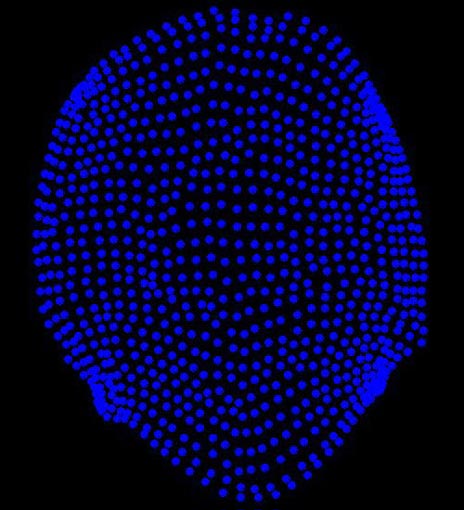
For more detail and help, you can contact us: cyliou@csie.ntu.edu.tw .
(←) The nodes are
hindered from moving
between two excessively
different
colors.
(←) The nodes are
hindered from moving
between two excessively
different
colors, and prefer
to go closer to the
corner.

